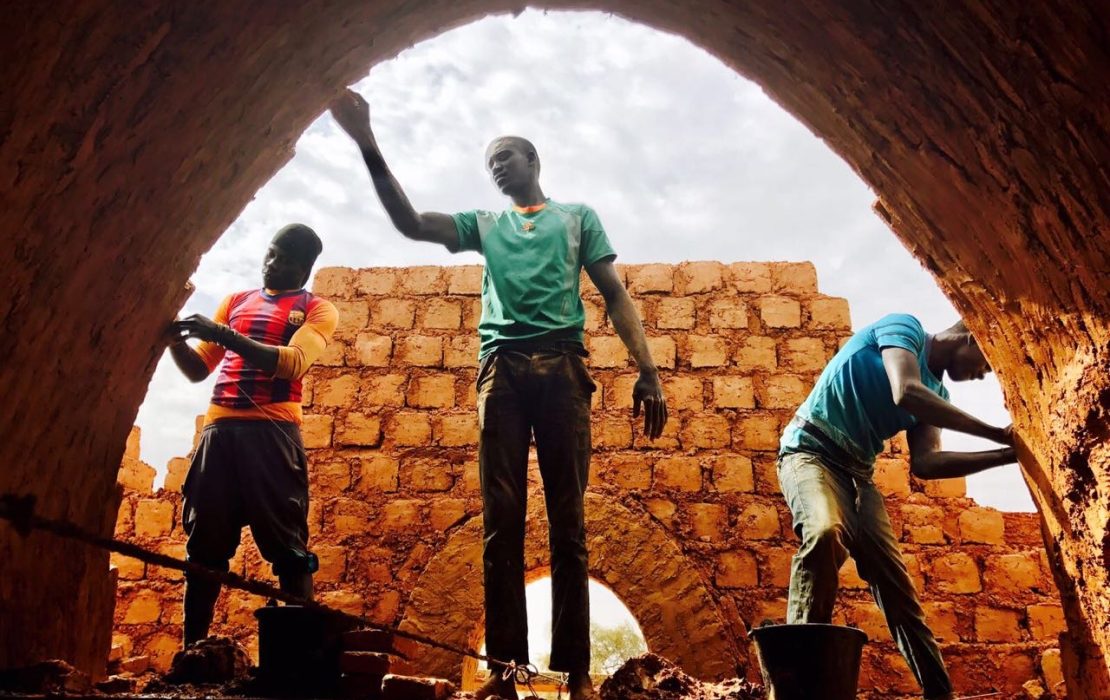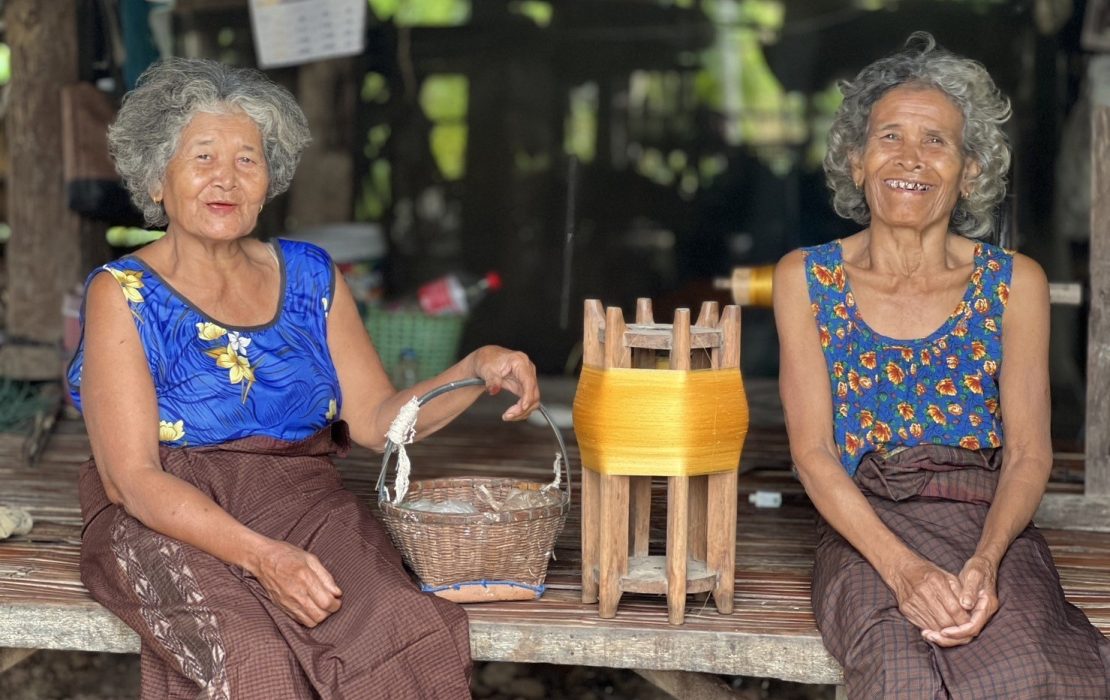Photo: Phil Kabuje / UNDP Tanzania
In every corner of the world, communities are implementing locally led adaptation solutions to meet the daily realities of climate change. These solutions – grown from lived experience, rooted in traditional knowledge and adapted to local systems – are crucial for a climate-resilient future.
Over the past five years, the UNDP-Adaptation Fund Climate Innovation Accelerator (UNDP-AFCIA) has supported communities in 33 countries to design and implement locally led adaptation solutions to the climate crisis. As one of the Adaptation Innovation Marketplace (AIM)’s funding windows, the first phase of the UNDP-AFCIA programme has offered grant funding, capacity building, investment brokering and international advocacy to 44 local organizations that are accelerating innovative adaptation solutions, acting as a catalyst for change. Here are four areas in which the UNDP-AFCIA programme has made a lasting impact.
Innovation for adaptation
Innovation for adaptation is not only about new technologies; it’s also about equipping people with the tools, resources and confidence to experiment, learn and lead in their adaptation efforts. Furthermore, supporting innovation means assuming shared risks on the most promising ideas and supporting local actors to transform those ideas into reality. This means that ‘failure’ is seen as an opportunity to test, refine and scale these solutions based on valuable lessons learned.
Across 44 initiatives, the UNDP-AFCIA programme has supported a wide range of innovations. In South Africa, ABALOBI’s mobile app gives fishers real-time weather updates and direct access to customers, creating fairer and more sustainable value chains. In Indonesia, Penjaga Pulau is using drones and coastal dashboards to help island communities predict sea level rise and plan resilient development. In Bangladesh, Footsteps’ backpack-sized water filters, sold by women entrepreneurs, turn a life-saving innovation into a livelihood, ensuring families have clean water even when the floods arrive.
Silvofisheries in Labuhan Bajo, Indonesia, combine mangrove planting and fish farming for increased resilience. Photo: Penjaga Pulau
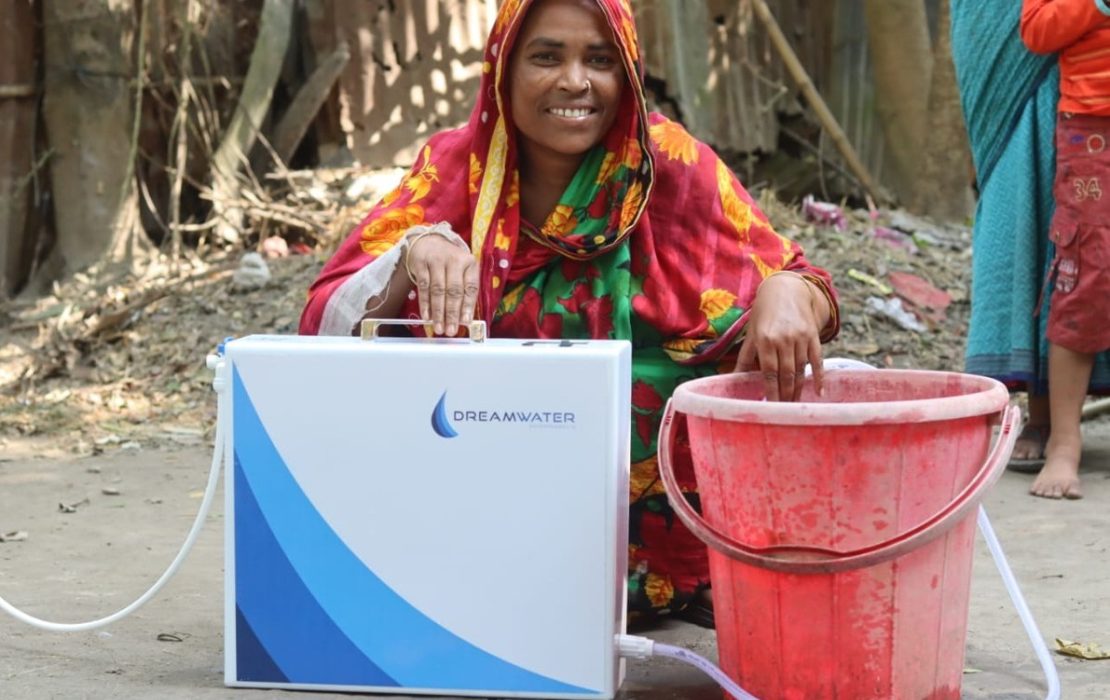
A women entrepreneur from Bangladesh is using a Dreamwater filter to secure safe drinking water for her community. Photo: Footsteps Bangladesh
Each of these examples has shown that innovation thrives where funding is flexible, learning is continuous and partnerships are diverse. By linking Indigenous and local knowledge with new science, and by connecting local action to global platforms, innovation becomes not just an outcome but a process that transforms how communities shape their future.
Climate and environmental resilience
A resilient environment is the foundation of a resilient community. Around the world, climate change impacts such as extreme heat, sea level rise and more frequent and intense droughts and floods are putting pressure on ecosystems that sustain people’s access to water, food and shelter. Initiatives supported by UNDP-AFCIA are proving that when local people lead environmental restoration, nature becomes both a shield against climate shocks and a solution to mitigate climate change.
In Tanzania, Maasai communities are restoring degraded rangelands by replanting native grasses and legumes from newly created seed banks, reviving biodiversity and safeguarding grazing land for their herds. In Brazil’s semi-arid region of Pernambuco, Centro Sabiá’s simple greywater recycling system allows families to reuse household water for agroforestry, saving scarce resources and restoring soil health. Meanwhile, in the Sahel, Association la Voûte Nubienne is reviving an ancient Nubian Vault technique to build low-carbon homes from local clay that stay cool in extreme heat and stand strong against storms. These innovations are practical, affordable and deeply rooted in local culture, proving that adaptation can strengthen both livelihoods and ecosystems.
Maasai knowledge on native plants is restoring biodiversity and securing grazing land in Tanzania. Photo: Phil Kabuje / UNDP Tanzania
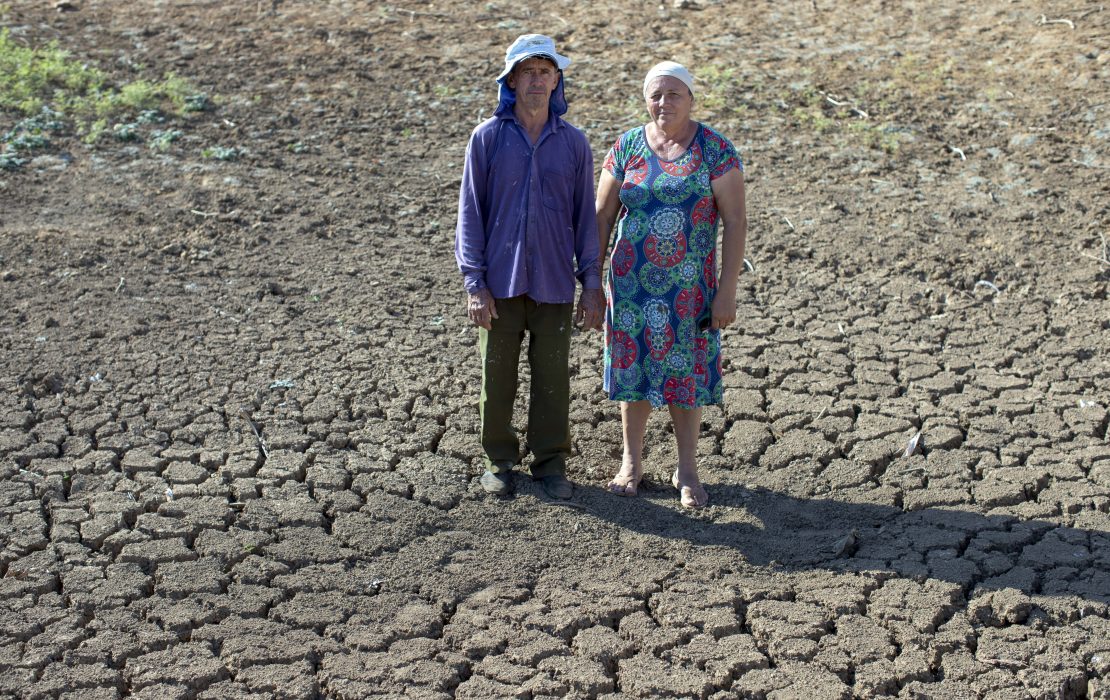
The Pernambuco region in Brazil is semi-arid with climate change causing additional water stress for local farmers. Photo: Luca Zanetti / Centro Sabiá
Throughout all the UNDP-AFCIA initiatives, over 29,000 hectares of land have been restored or protected and nearly 900,000 trees planted. These examples have shown that climate resilience isn’t only about defence, it is also about regeneration. The most successful initiatives combine nature-based solutions with social inclusion, ensuring that women, youth, Indigenous Peoples and other vulnerable communities are meaningfully engaged and given the opportunity to lead in protecting the land and waters that they care about.
Socio-economic resilience
Climate adaptation is also about dignity, opportunity and stability. As climate impacts intensify, livelihoods are increasingly at risk, especially for those who depend on agriculture, fisheries and small-scale industries. UNDP-AFCIA has shown how locally led adaptation can also drive social and economic transformation, helping people not only survive, but thrive.
In Kenya, World Neighbors is promoting and commercializing a climate-resilient goat feed using local herbs and grasses. The feed now helps more than 1,500 households improve livestock health and income security, while cutting costs for farmers. In India’s Sundarbans, the South Asian Forum for Environment introduced floating farms that blend hydroponics and aquaculture, producing food on water when land floods. The model now supports thousands of families and is being replicated across Asia.
Joe Ouko, a farmer from Kenya, is growing his goat herd using a climate-resilient feed. Photo: LOFODA
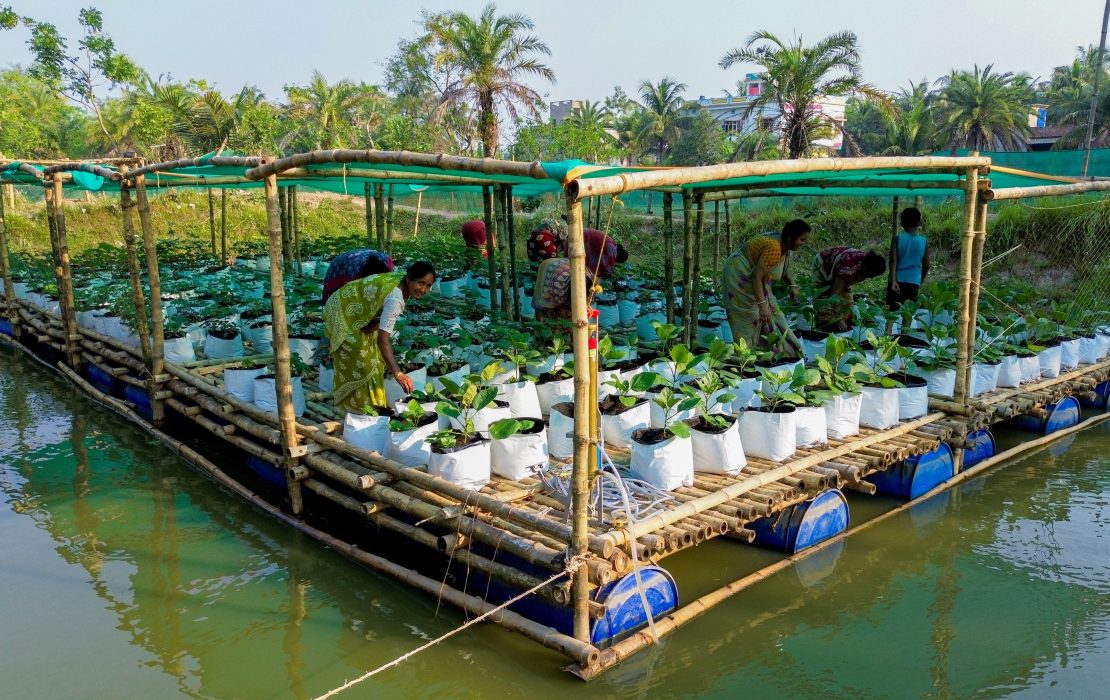
Floating farms support families in Sundarbans, India when floods hit. Photo: South Asian Forum for Environment
These stories reveal how adaptation strengthens economies from the ground up. When people are given the tools and skills to manage climate risks, they also secure agency over their futures. Resilience is strongest when communities diversify their livelihoods, invest in inclusive enterprises and reinvest their gains locally.
Scalability and investability
For many small, community-led organizations, access to finance is a barrier that limits impact. Their ideas are often too large for micro-finance but too small or risky for commercial investment, remaining in the so-called ‘missing middle.’ By providing early-stage funding and business support, the UNDP-AFCIA programme has helped bridge that gap, creating pathways from local innovation to sustainable investment.
Through a groundbreaking partnership with the Global Resilience Partnership, UNDP-AFCIA created a fellowship programme that matched business school postgraduate students with grassroots organizations. Together, they designed refined financial models and strategies for scaling, while exploring ways to attract private investment. As a result, 59 percent of the 44 organizations are now generating their own revenue, while 14 percent have created entirely new markets or value chains – from carbon credits for sustainable housing in West Africa to eco-certified fisheries in South Africa.
The lessons from this work point to a new frontier in adaptation finance: one where local innovation meets global capital. Collaboration with academia and investors has shown that small grants can unlock big change when they build credibility, evidence and networks for local actors. The next phase of UNDP-AFCIA aims to strengthen these pathways by testing blended finance approaches, building investor confidence and ensuring that community-driven solutions continue to grow long after the grants end.
In West Africa, local clay is used to construct climate-resistant Nubian vaults. Photo: Association la Voûte Nubienne
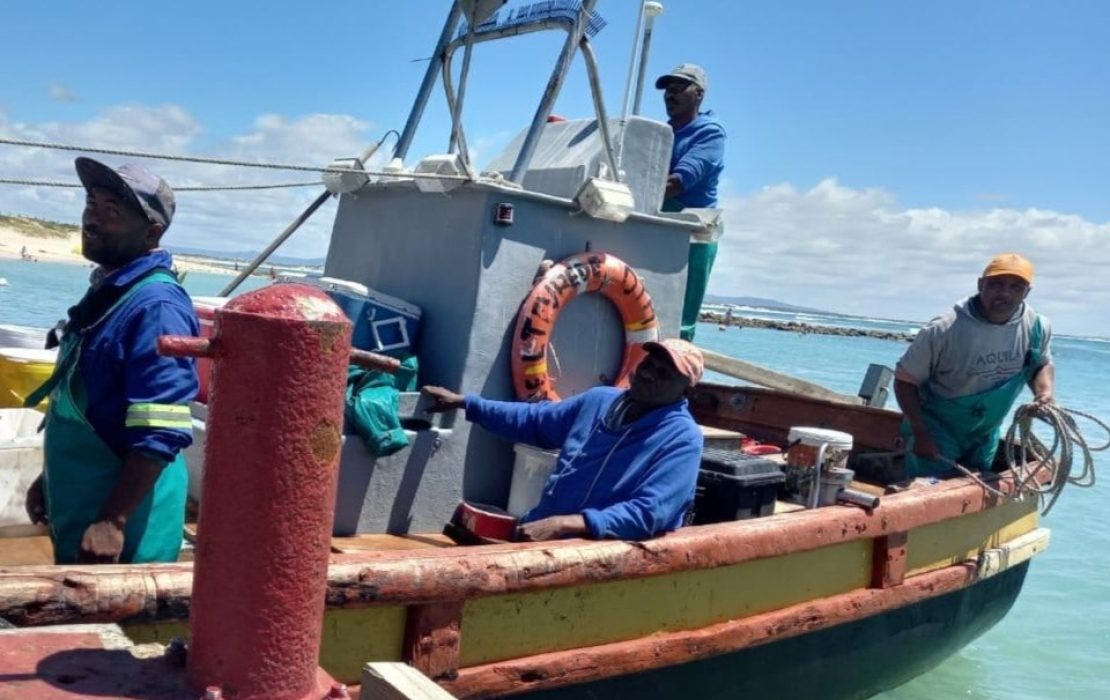
Small-scale fishers in Cape Town, South Africa, rely on the ocean to feed their families and sustain their livelihoods. Photo: ABALOBI
Across 33 countries on six continents, the first phase of UNDP-AFCIA has proven the potential of locally led adaptation anchored in innovation and inclusion. The programme’s 44 initiatives have reached more than 2.6 million people, with a focus on women, youth and Indigenous Peoples. They have created over 1,300 green jobs, improved the livelihoods of over 21,700 households and enhanced productivity-related skills for more than 47,000 people. Yet beyond the numbers, the real legacy lies in the confidence and capacity it has built within communities to experiment, to adapt and to lead.
As the climate crisis deepens, the stories emerging from this programme offer a powerful reminder: the solutions we need are already taking shape at the local level. With continued support, these changemakers will carry forward the spirit of innovation that UNDP-AFCIA has ignited, proving that resilience begins and endures with people.
*
The UNDP-AFCIA programme is one of the funding windows anchored under the Adaptation Innovation Marketplace (AIM), a multi-stakeholder strategic platform that promotes scaled-up adaptation at the local level.
Supported by financial contributions from the Adaptation Fund and the European Union, the UNDP-AFCIA programme has awarded 44 micro and small grants to locally led organizations across 33 countries worldwide, accelerating their innovative solutions to build resilience in the most vulnerable communities. So far, the programme has benefited over 2.6 million people globally.
